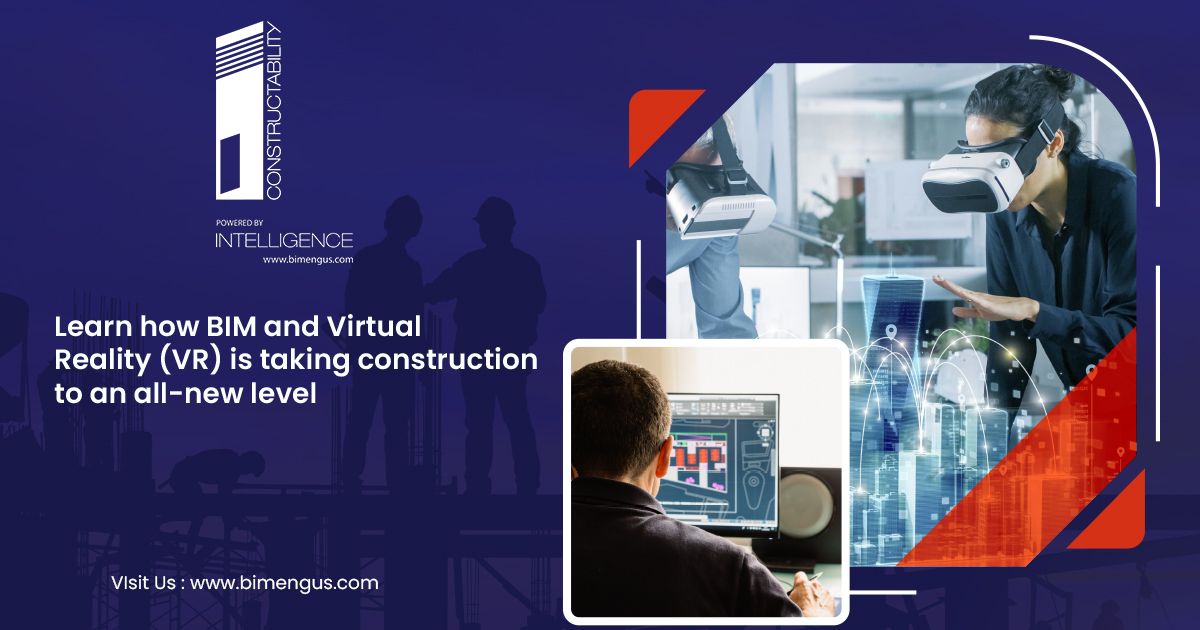Construction is one of the most dynamic industries in the world. It’s also one of the most innovative since it constantly needs to update its construction processes and tools. One of the most important parts of construction is designing buildings. However, building designs can sometimes be difficult to fully conceptualize. That’s where virtual reality (VR) can come in handy. VR allows designers to design in 3D without worrying about the physical constraints of physical space. It also allows contractors to walk through designs without dropping valuable progress on a construction site.
The concept of building models has been around for quite a while, but it wasn’t widely adopted until BIM (Building Information Modeling) software became popular in the early 2000s. BIM allows architects and engineers to virtually design entire buildings before starting any physical construction. This saves time and money since there’s no need to build models or test out different designs. It also makes it much easier to troubleshoot construction problems with 3D models. BIM makes it possible to virtually complete a project before even starting physical construction.
Another revolutionary development in construction was the Google Glasses construction site project management app. Construction workers wore Google Glasses similar to how we wear safety goggles today. But instead of looking at a blueprint, they would see a 3D virtual version of their work site. This allowed workers to effectively manage projects without ever being onsite. It also reduced project costs by allowing contractors to complete projects faster and with fewer workers. These are just two examples of how VR has revolutionized the construction industry- but it’s only scratching the surface. There’s plenty of room for this tech in the construction toolbox if it can be used effectively.
To that end, contractors are already using Virtual Reality to boost worker morale and increase productivity onsite. Construction jobs aren’t particularly attractive compared to other careers, so encouraging employees to succeed can be challenging. VR can help here by giving employees an early look at projects they’ll soon work on. It can give them an incentive to eagerly work toward completion goals and boost employee morale. This has been effective in many industries, so it should work well for contractors as well.
The future of construction is bright thanks to VR! The technology is incredibly useful when prototyping new construction ideas or showing off current projects to employees and investors. It also has huge potential as a motivational tool for employees and contractors alike. The only question left is whether we’ll see a universal adoption of these tools or if each company will decide when and how to use VR best for their needs?
Visit Us: www.bimengus.com
